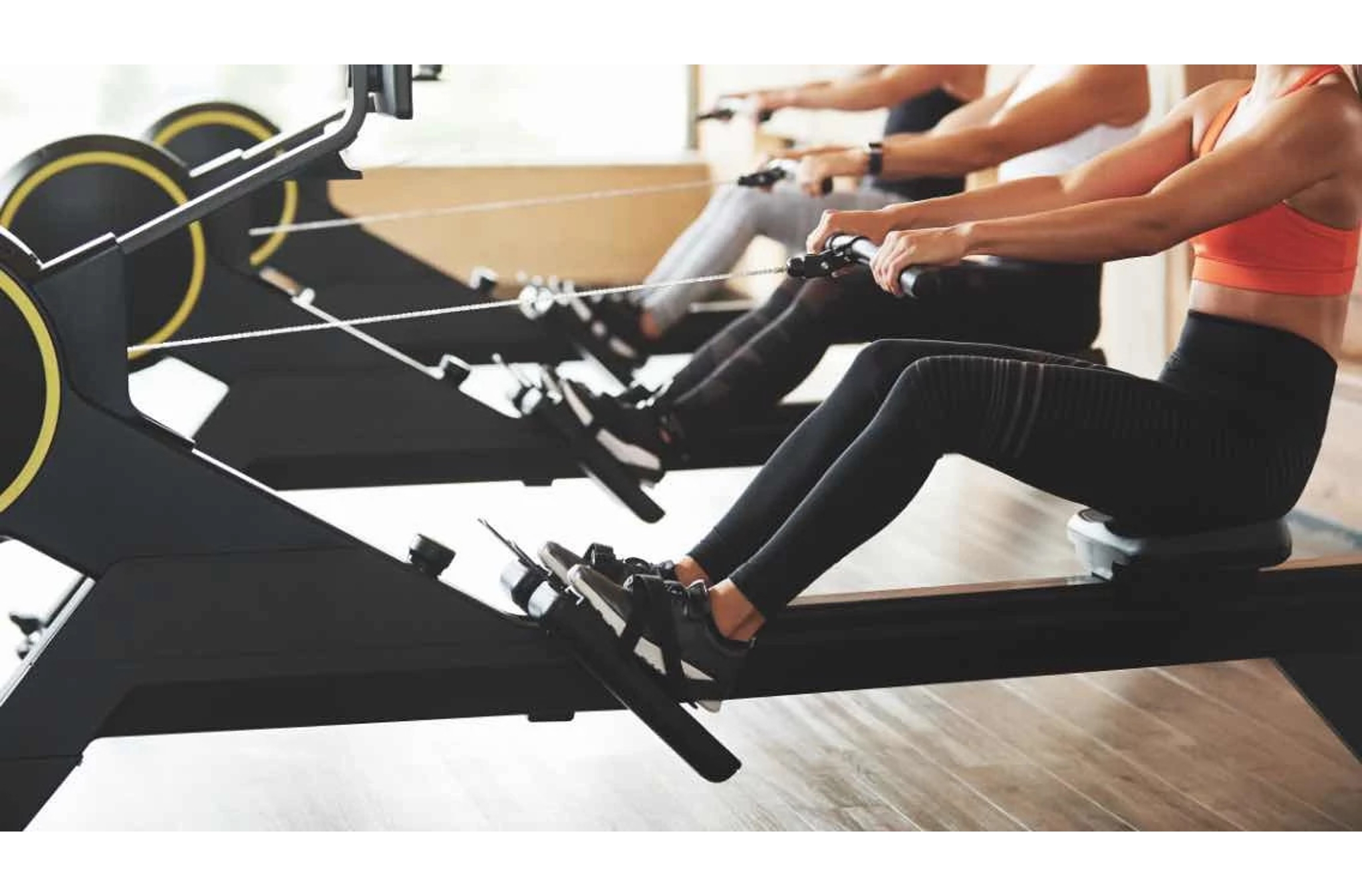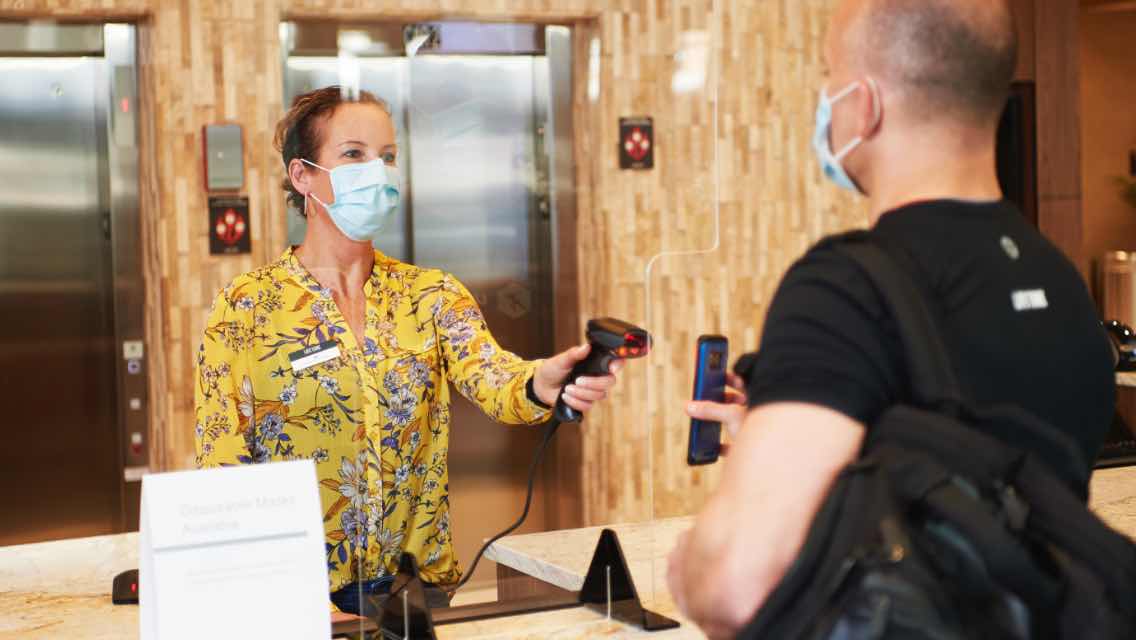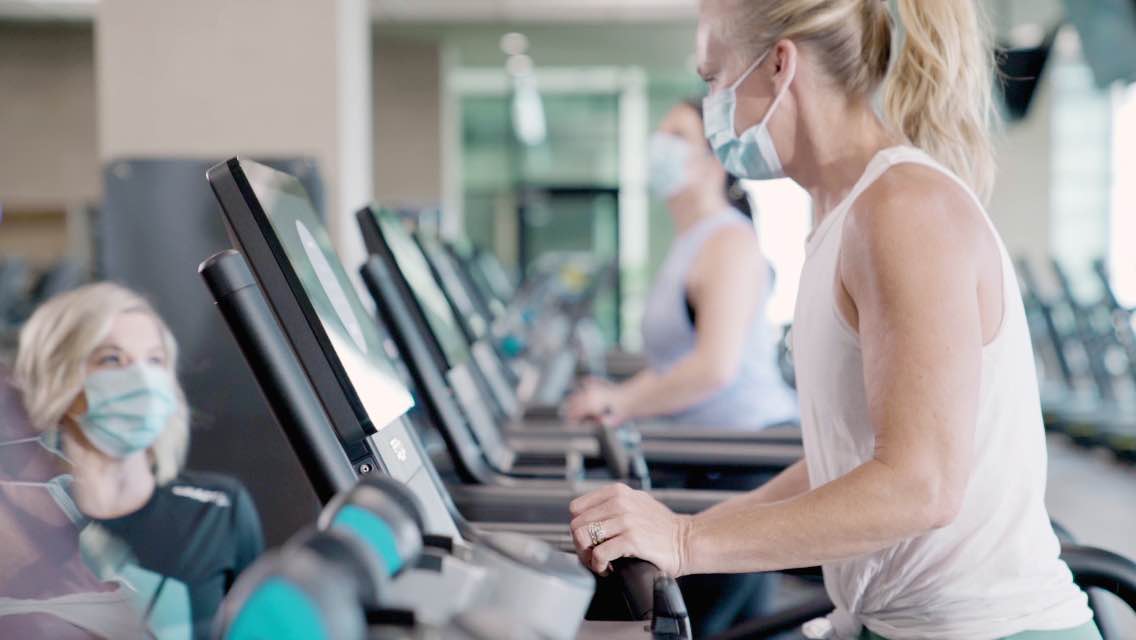While public-health officials nationwide continue to stress the importance of social distancing and donning a mask as a first line of defense against COVID-19, the American College of Sports Medicine (ACSM) just released a report suggesting that working out may be another viable strategy.
The guidelines recommend 150 to 300 minutes of moderate to vigorous exercise each week, but as study coauthor William Roberts, MD, a professor of family medicine and community health at the University of Minnesota, told the Star Tribune, any level of exertion is helpful.
“It doesn’t have to be 150 to 300,” he noted. “If you can only get in 30 minutes a week or 60 minutes, it’s better than none. The biggest thing . . . is to get off the couch.”
Not only can a regular workout habit increase muscular strength — some research suggests that it may also strengthen your immune system.
Kimberly Cadieux, a 64-year-old cancer survivor and a member of Life Time Edina at Southdale, told the Star Tribune that she does strength training three times a week and cardiovascular exercise twice a week. “If COVID shows up, I want to be stronger,” she said.
Exercise is simply another tool at our disposal in the fight against the pandemic, explained Minnesota’s infectious disease director, Kris Ehresmann, RN, MPH. “We have really been providing a lot of guidance related to preventing COVID that’s very much in the moment and short term. . . . wear a mask, socially distance, all of those things, but there are many other things we can do to make sure we are staying healthy.”
Roberts cautioned against going too hard while the virus is still spreading. It’s not the best time, he said, “to start doing speed work or hill work”; he recommends that extreme athletes isolate themselves for a day or two after a tough workout to reduce their risk of exposure.
“The immune system appears to be a bit suppressed for a period of time — an hour, a day — following really exhausting exercise,” he explained. “I don’t think we really know the full mechanism behind it, but we do know it does increase your risk of viral illness.”
And if you’re recovering from mild to moderate COVID symptoms, the ACSM guidelines suggest waiting for two weeks before gradually returning to a workout regimen.




